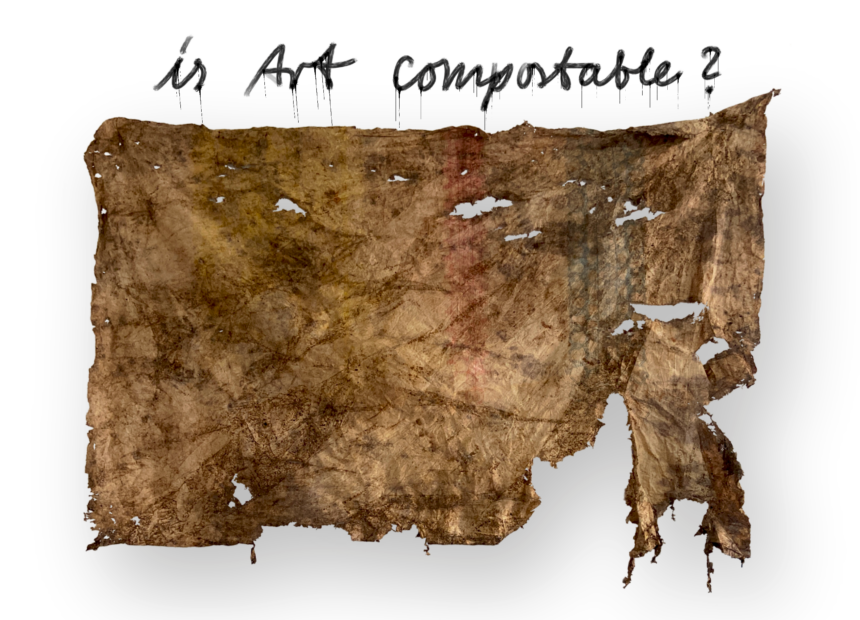Once a year, Dresden’s universities, non-university research institutions and science-related companies open their doors to the public. Throughout the city, a wide variety of formats invite visitors to experience science and technology, research and innovation, art and culture up close. From 5 p.m. CET, a colourful programme of lectures, experiments, guided tours and participatory shows awaits all those interested. Students, families, senior citizens and, of course, the little researchers of tomorrow are invited, in short: all night owls who want to experience research interactively and expand their own knowledge.
The EU4ART_differences team at HfBK Dresden will partner the event at COSMO Science Forum.
7.30 – 8.30 p.m. CET
Lecture and Exhibition “Compostable Art?” with Claus Schöning and Michael Sauer: What happens when you think the system of art production against the grain? When artworks are conceptualized and produced as (perhaps) enduring artefacts rather than as objects that strive for eternity? In addition to discussing these issues as sociological and economic phenomena, Claus Schöning, a Meisterschüler student (master class student) at the HfBK, is working with the University of Natural Resources and Life Sciences to develop art materials that can decompose and make room for the future.
9.30 – 10.30 p.m. CET
Recyclable materials for 3D printing in theatre sculpture with Leopold Dietrich: Stage equipment often fascinates with large and elaborate theatrical sculptures – but this is also associated with a lot of material use and partly non-recyclable waste. In the GreTA research project, the Institute for Lightweight Construction and Plastics Technology (ILK) at the TU Dresden and the Thetre Sculpture Course at the Dresden University of Fine Arts (HfBK) are jointly investigating how theater sculptures can be manufactured and recycled in a more environmentally friendly way using state-of-the-art technologies and sustainable materials.
5 – 9 p.m. CET
Wax Crayons and Colors with Maya Drachsel: Artists’ paints have consisted of natural materials for centuries. Only in more recent times have these increasingly been replaced by chemical color pigments. But in this day and age, it’s becoming important again to think about sustainability and natural raw materials. And besides, it’s incredibly exciting to make the artist paints yourself, which can be used to create great pictures afterwards!
Hidden treasures: pigments from earth with Maja Drachsel: Not only is art created at the University of Fine Arts, questions of sustainability also play an increasingly important role in relation to the artistic materials used. In this context, teaching in the field of painting techniques has become increasingly important.


